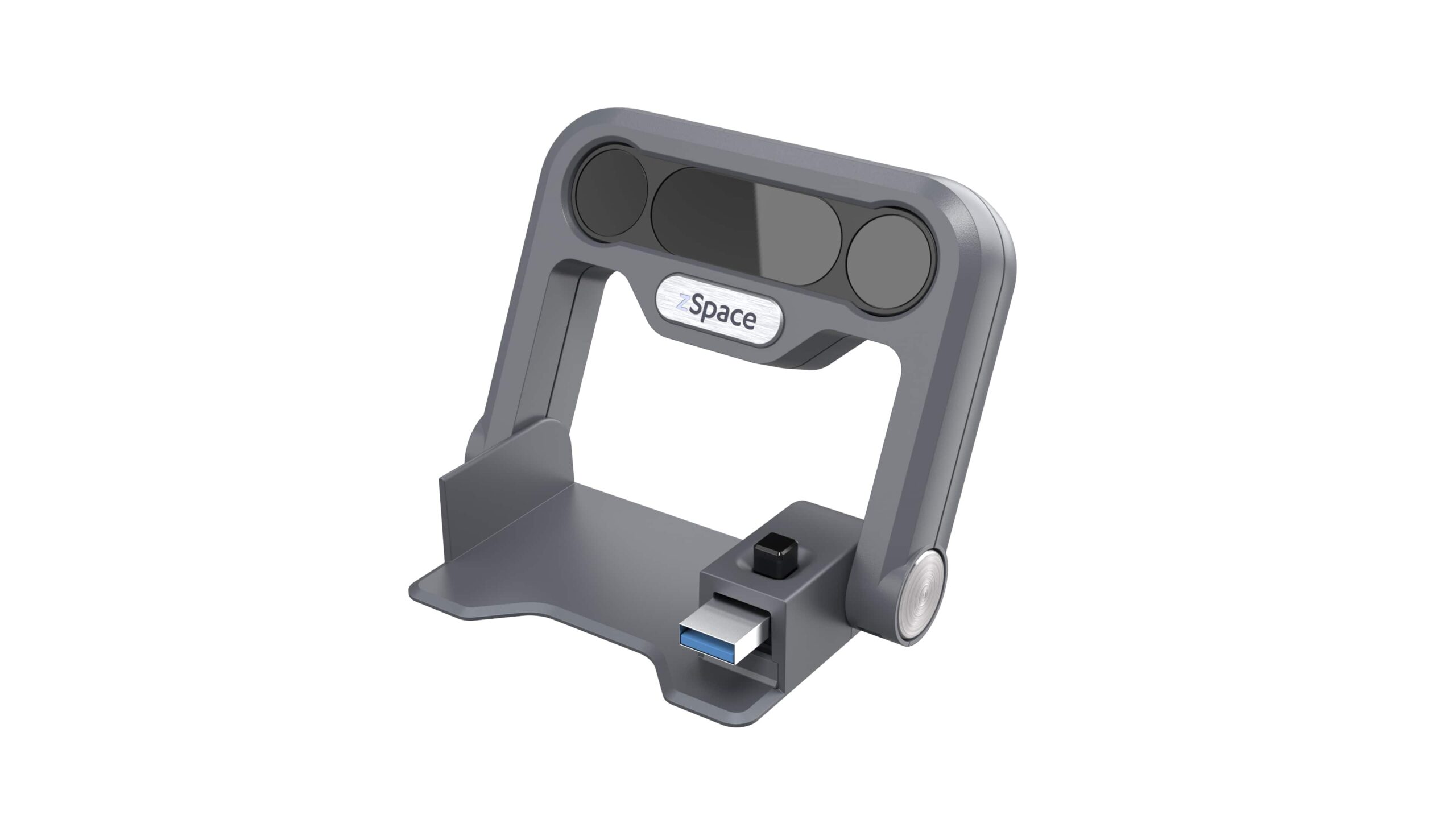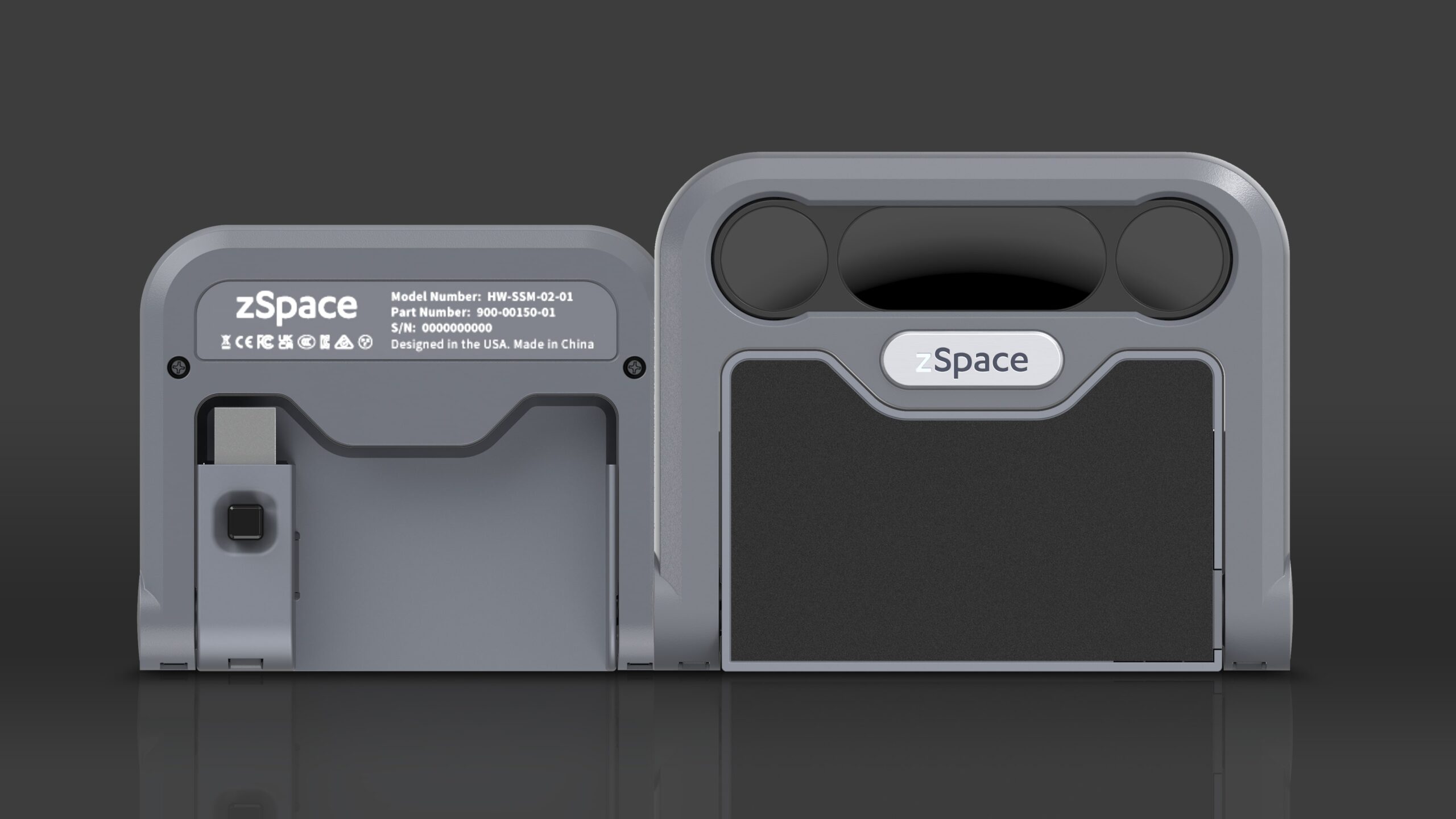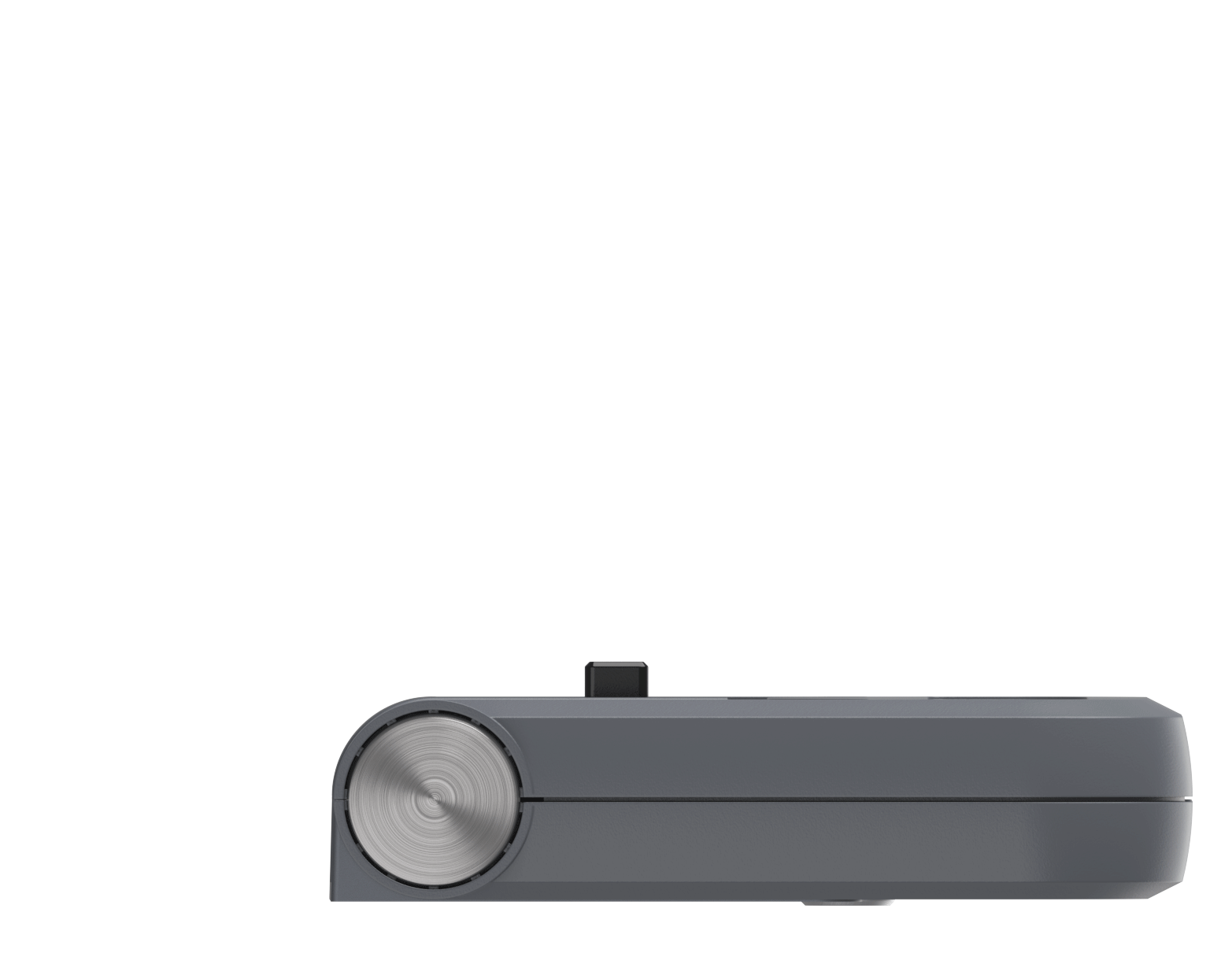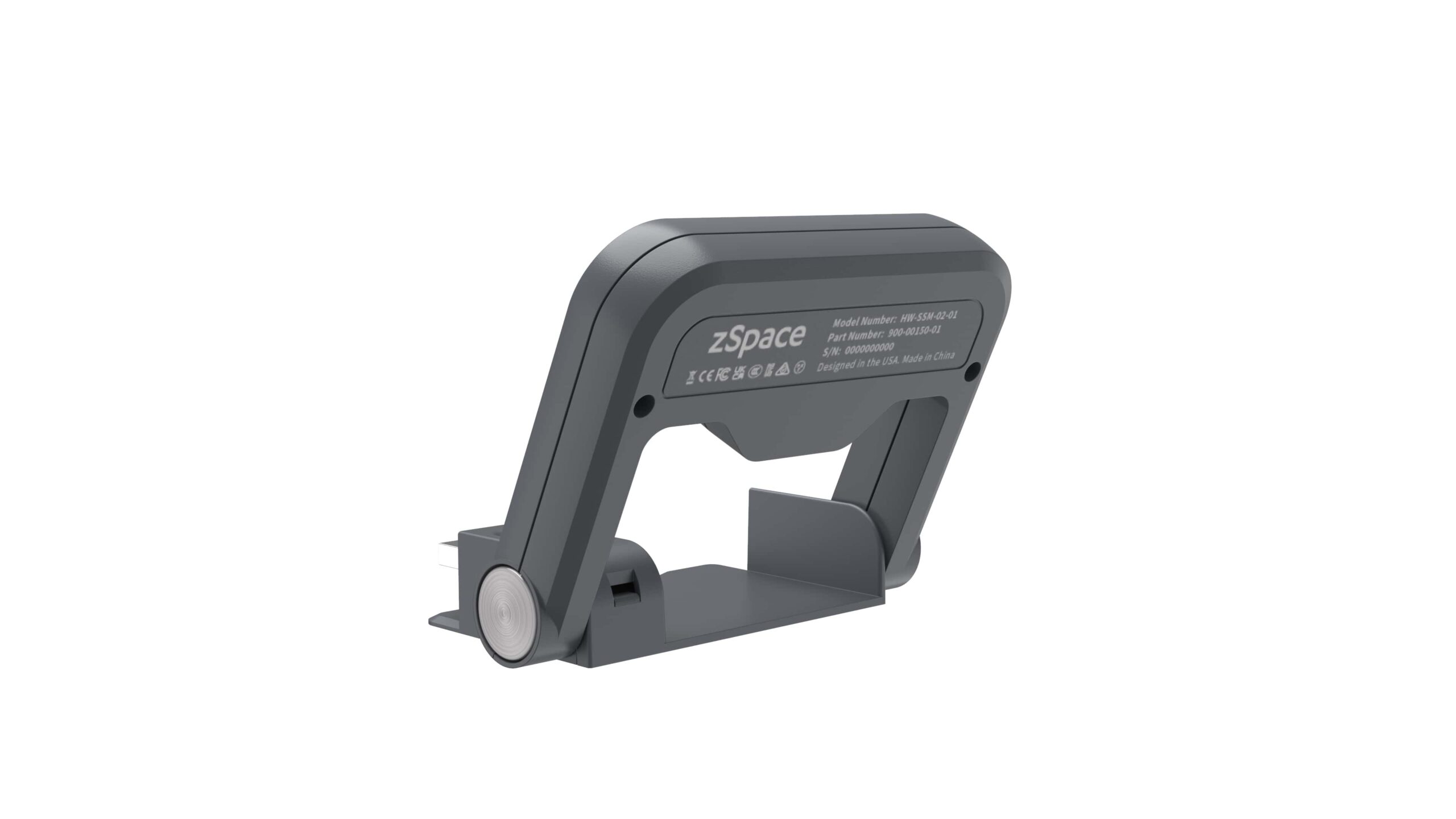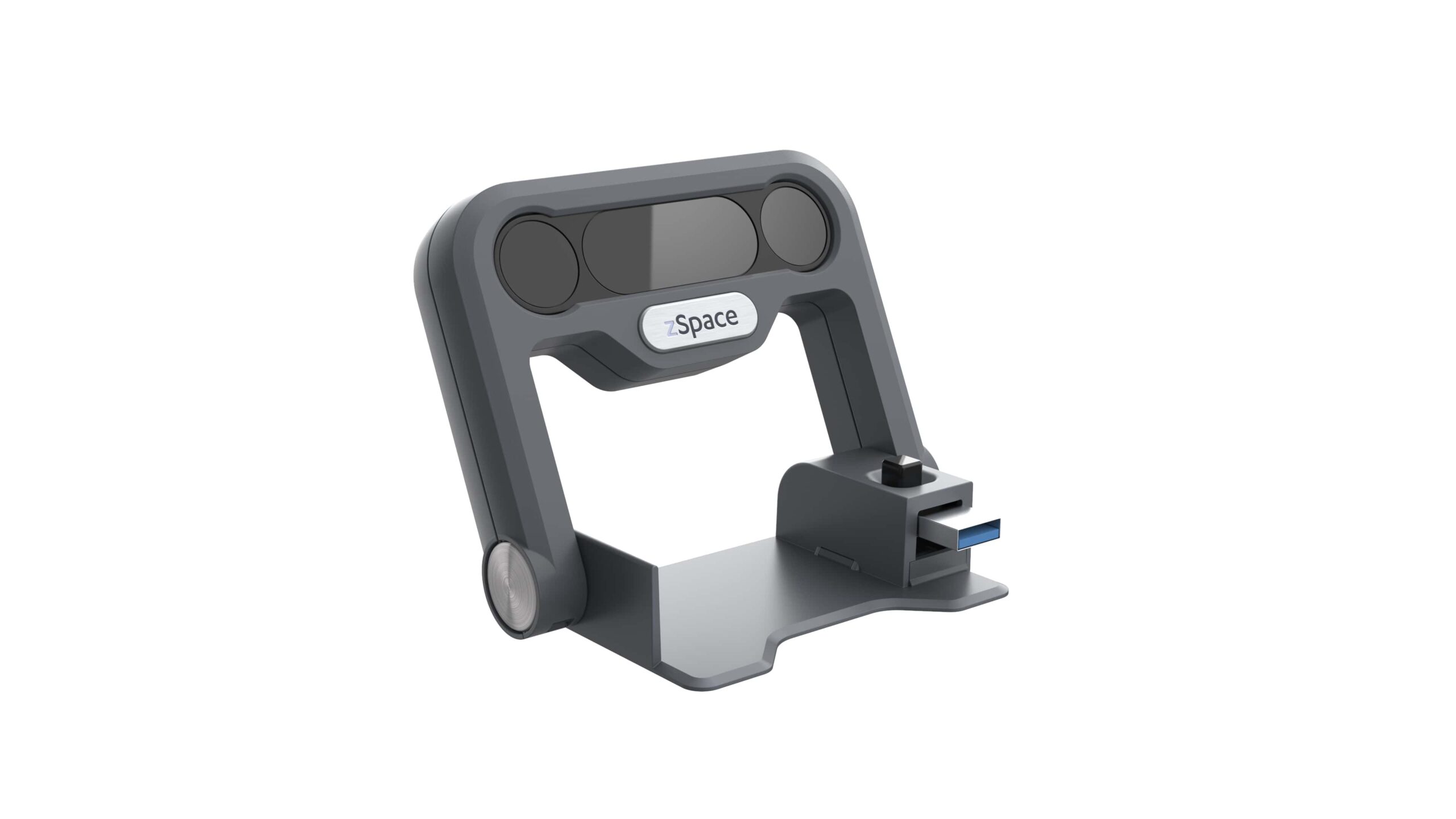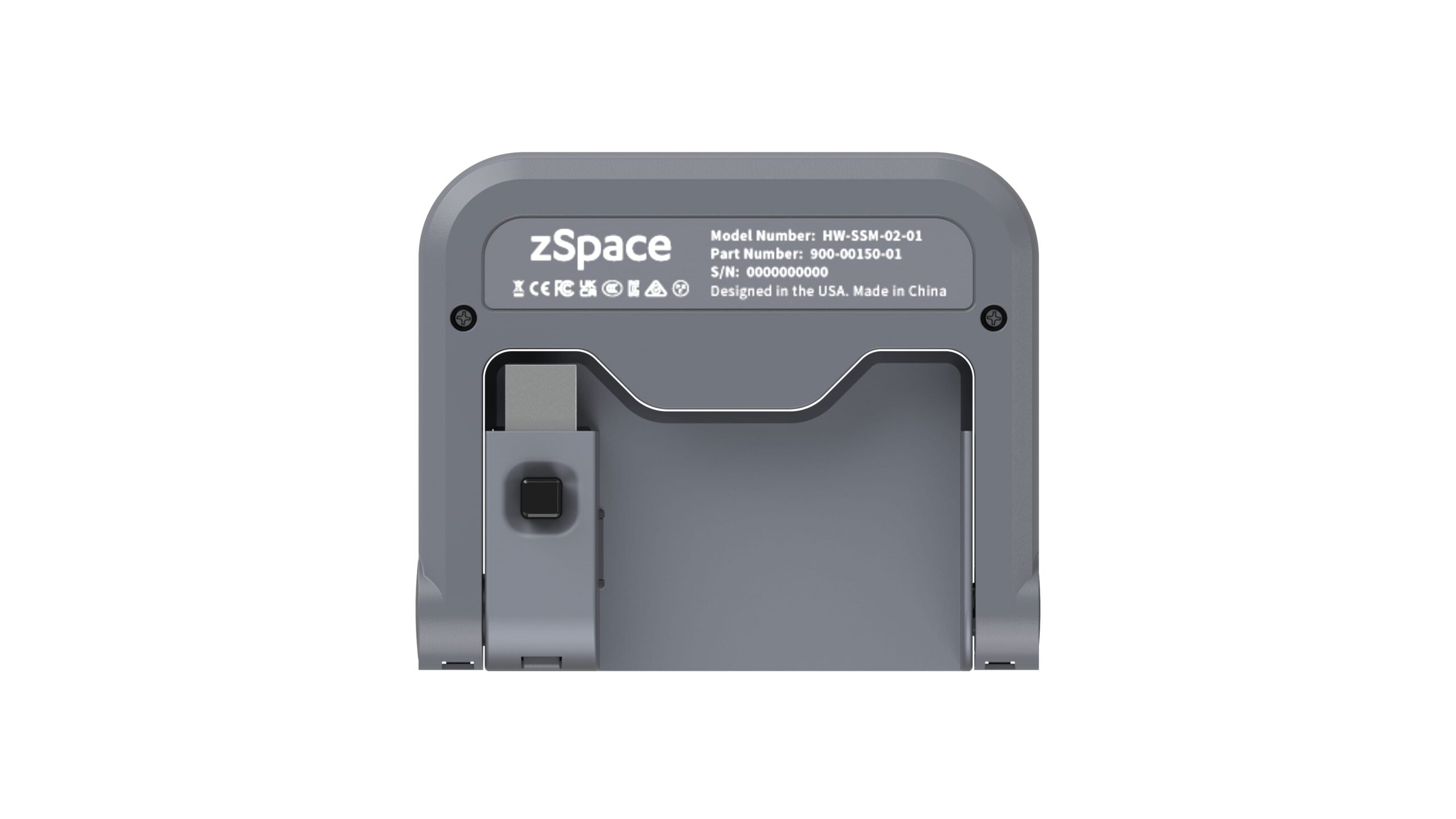zSpaceProject “Spirit”: AR/VR Educational Device
OVERVIEW
Advances in AR/VR technology have added a valuable layer of interactivity to education, allowing students to explore key concepts across multiple subjects in a 3D, virtual space. zSpace Inc., already an industry leader in immersive educational experiences, pioneered a solution for educators that offers an alternative to the more cost-prohibitive, head-mounted systems. Through their laptop/stylus/sensor-based solution, experiential learning was now more affordable for providers and more accessible for all.
But there was a snag. The third component of the zSpace system—the Stylus Sensor Module which plugged into the side of the laptop to track and detect sensors in both the stylus and laptop screen—was too bulky, an issue that created headaches in the supply chain and delivery timeline.
Sounds like a job for Mighty Studios.
Drawing on their expertise in mechanical engineering, rapid prototyping, design development, and production, Mighty delivered a slim and sleek reimagined device which would not only work with existing hardware and sensors, it would streamline production, and be capable of withstanding the necessary (or un-necessary) roughness of the one wildcard in the whole equation: students K though 12.
INSIGHT
Nothing trumps visual learning, and the AR/VR space has brought a layer of sophistication and interactivity to educators and students alike. The ability to interact with virtual models in the classroom—to essentially bring a 3D object ‘out of the screen’ as if it were real—greatly enhances the understanding of concepts and how things function. For example, the ability to have each student virtually explore how blood flows through the human heart without requiring a physical heart to be in the room, is a game-changer.
When they first approached Mighty Studios, the client, zSpace, had already addressed the biggest hurdle for large-scale adoption of AR/VR in the classroom: the prohibitive cost of head-mounted display (HMD) systems. With their system—a hands-on experience whereby a student could grab and manipulate a 3D object in virtual space using a wired stylus—zSpace could facilitate providing more devices to schools for less, which could then be used by more students and at all grade levels.
The issue was one of size and application. The existing Stylus Sensor Module—the device that plugs into the laptop’s USB-C port to detect sensors in both the laptop screen and stylus to create the experience—was too large and bulky to fit in the existing laptop box. This meant it was often shipped separately from the laptop and stylus, creating a lag in delivery and additional headaches during production.
The challenge for Mighty? The redesigned device would need to be smaller, fit different USB port configurations depending on the laptop, be angled perfectly to detect multiple sensors, and be robust enough to take the frequent handling of students as they deployed the device.
The redesign of the module—a project codenamed Spirit—began with design explorations to reduce the size of the unit, optimize sensor detection, and fine-tune dock adaptability, and ended with the delivery of a compact solution that folded flat to fit the limited real estate within the laptop box.
With project Spirit, Mighty designed an adjustable USB solution which would adapt to fit the positioning (either left or right side and with vertical height adjustability) for three laptop models; would fold out to the correct angle when deployed—about 60-degrees—to read sensors on both the screen and stylus to allow for 3D interaction and rendering within the VR space; then fold down to fit back in the narrow wedge available in the product box. This compact and robust Spirit device could also handle the day-to-day demands of frequent deployment, use, and stowage.
Along with refining the design and form factor, Mighty worked to deliver a solution that would scale for volume production—one that would slide seamlessly into the laptop’s production timeline so as to ship with the product. This required some additional guidance in sourcing a manufacturer and getting zSpace ramped up for production.
With visual learning being such an integral part of education, solutions like the more affordable zSpace AR/VR system bring technology to the classroom and transform the experience. In partnering with Mighty Studios, this solution is now more accessible and cost-effective for both client and customer. With this in the classroom, students can interact with delicate and dangerous things without fear of breaking either the object being studied virtually, or the zSpace device itself.
The Spirit solution from Mighty is a robust, clean, and functional component designed to enhance the end-to-end experience. Best of all, unlike the previous Stylus Sensor Module, it fits in the box.
